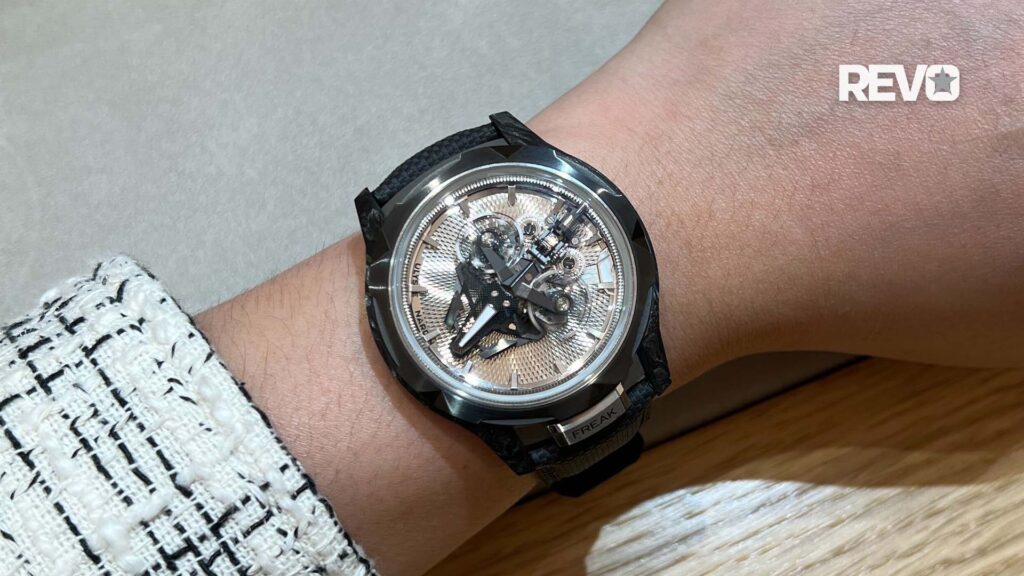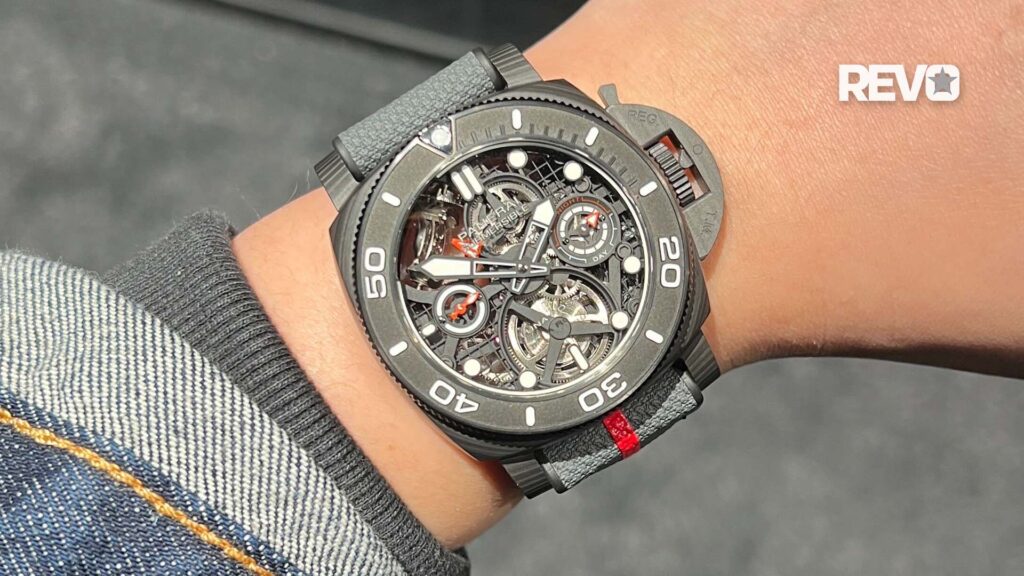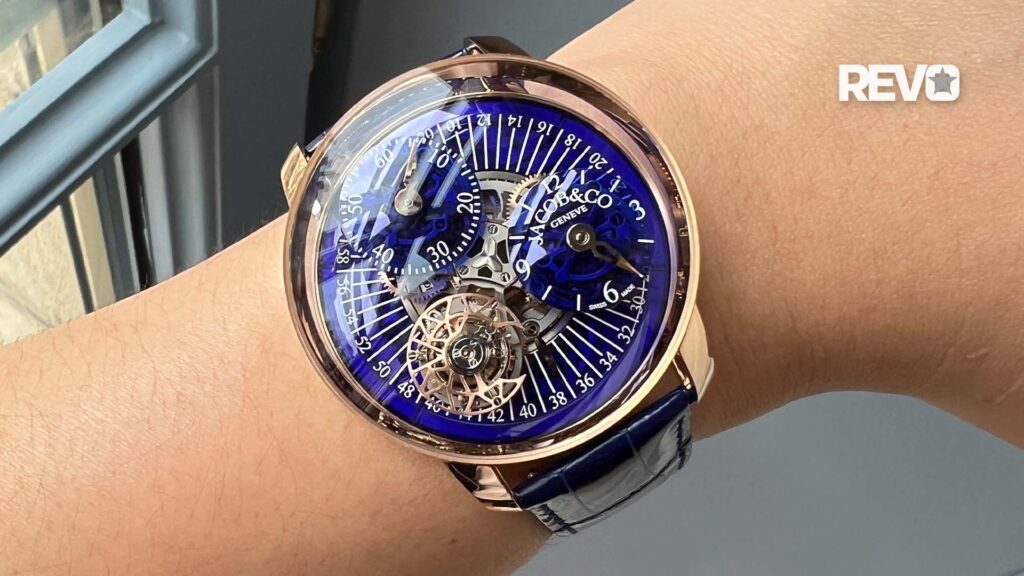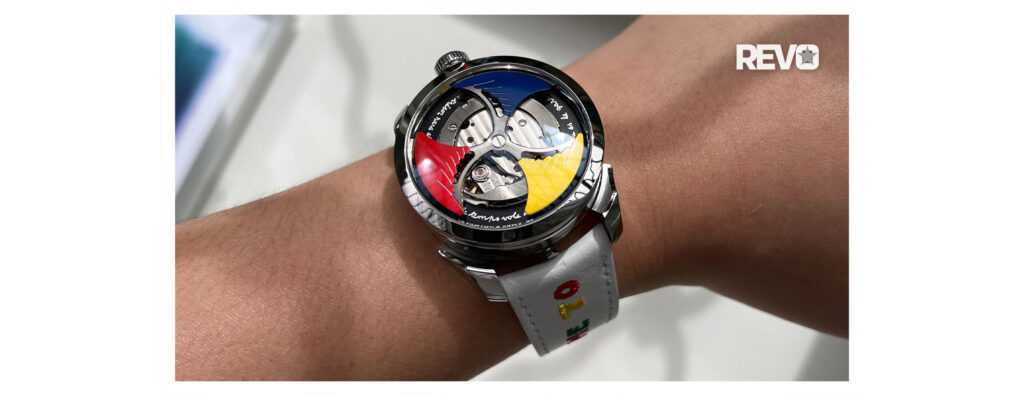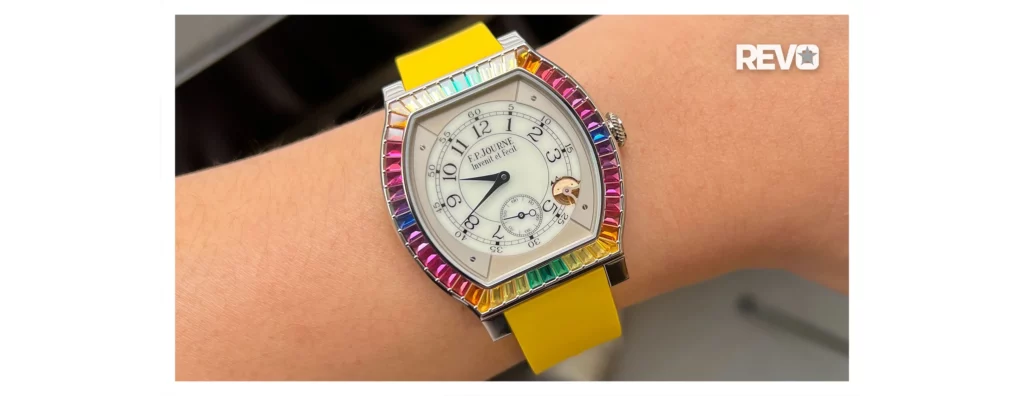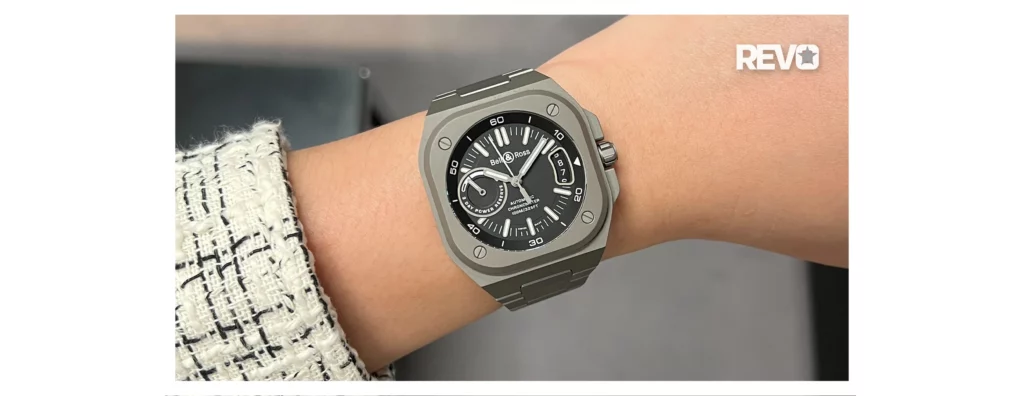Casio G-Shock
Why Did It Take Casio So Long to Give Us the Uber-Cool G-Shock Full Metal 5000?
Funny thing is, this isn’t the first time a G-Shock has been made in all-metal. The first all-metal — all-steel to be specific — G-Shock was announced back in 1996. In fact, that same year there was also an all-titanium G-Shock. These did great for Casio, but reason why the 2018 all-metal G-Shocks have been such a runaway success for the Japanese watchmaker, can squarely be attributed to the fact that these are basically steel versions of Kikuo Ibe’s 1983 original DW5000C G-Shock.
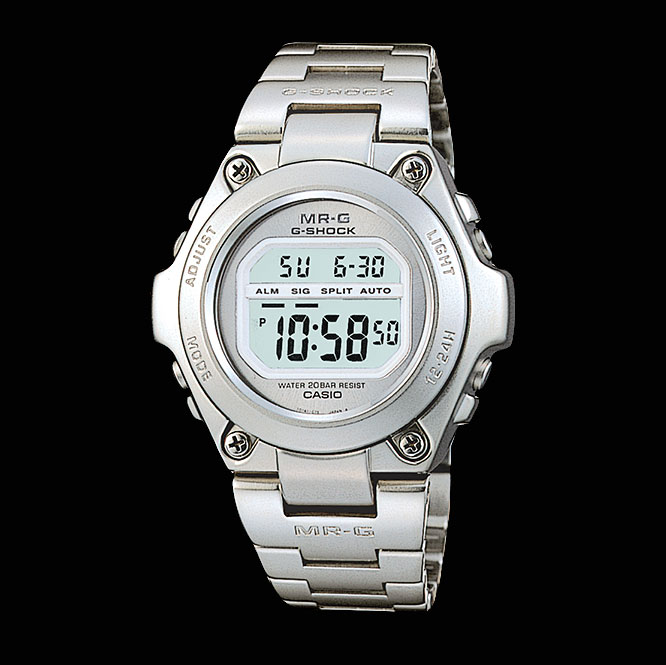
The 1996 all steel G-Shock MRG-100
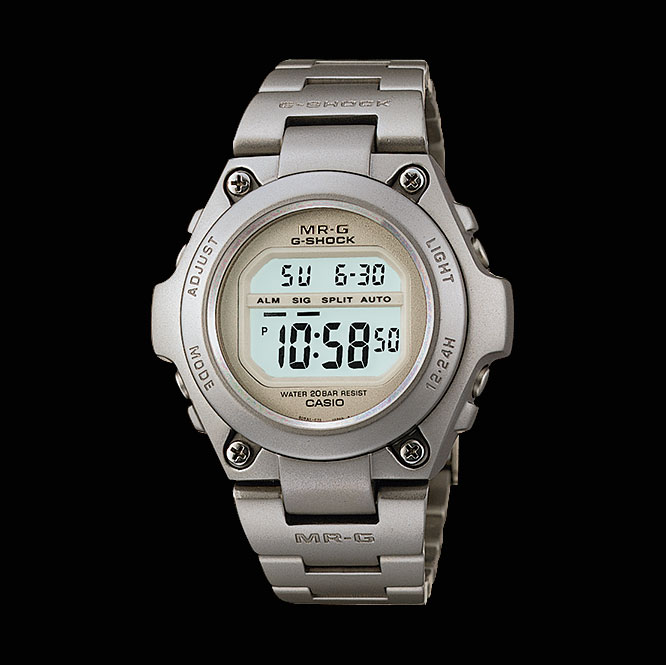
The 1996 all titanium G-Shock MRG-100T
The answer lies in the three defining principles that Mr Ibe-San set forth when he invented the G-Shock, better known as the “Triple 10” development concept. Every G-Shock has to have 10-bar (100 meter) water resistance, 10-year battery life and be able to withstand a 10-meter free-fall. So, in the 36 years that Casio has produced G-Shocks, not a single model was brought to market that did not meet all three of these prerequisites.

Mr Kikuo Ibe, inventor of the G-Shock
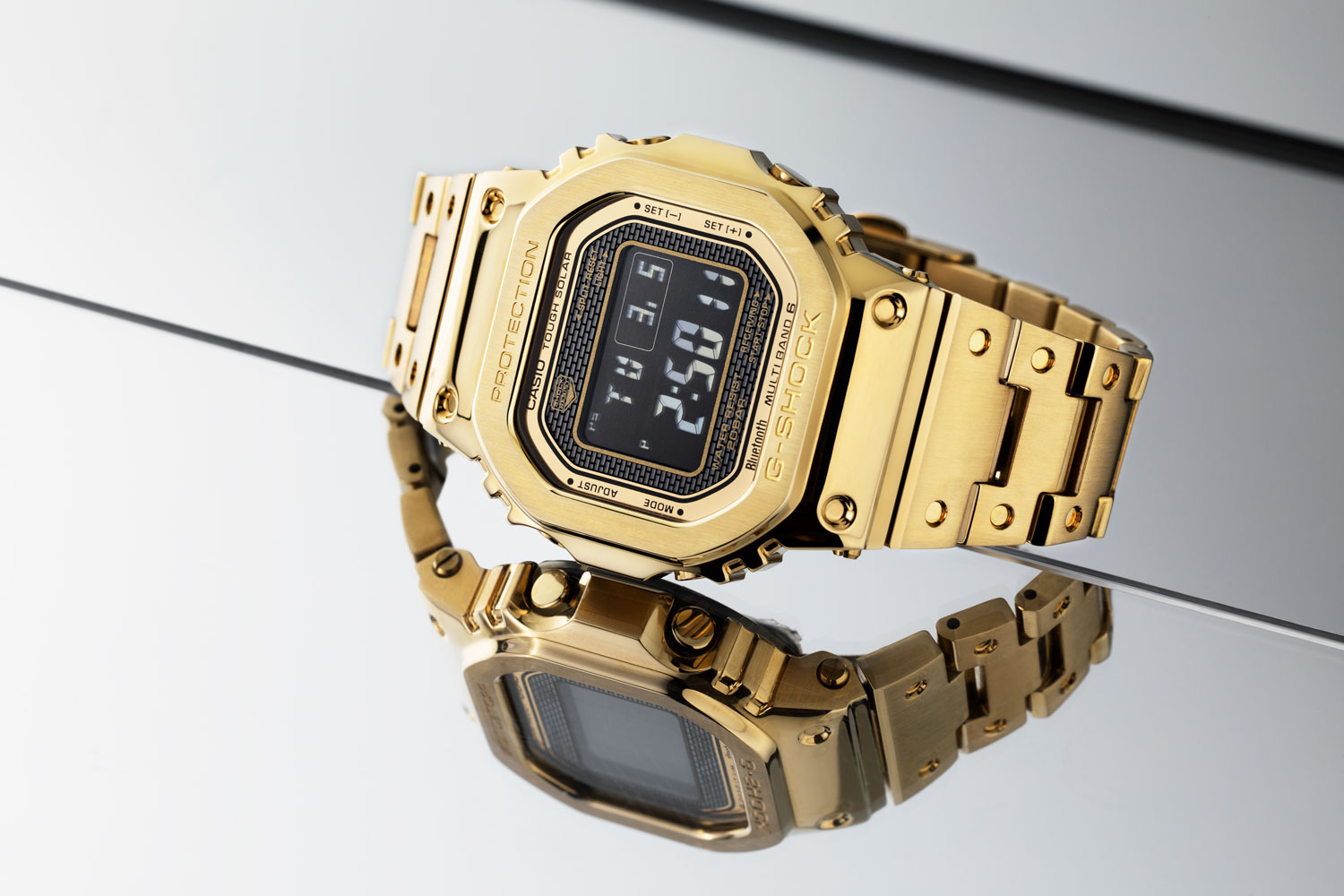
The IP coated gold G-SHOCK Full Metal GMW-B5000 (Image © Revolution)
What we have to remember is that the square case’s design serves a very definite intention, which is to hold the time module in suspension and protect it from all measures of trauma. Meaning to say that the architecture of the case has as much engineering purpose on the outside as it does on the inside. Even with modern day micro engineering technologies, the laws of physics dictate that at such levels of precision milling, the economies of things and the mandated “Triple 10″ concept, don’t always stand on agreeable grounds.
Let’s also not forget that Casio no longer only requires that all new G-Shocks meet the “Triple 10” development concept. There is now a battery of some 183 tests that are performed on new concept watches at their R&D facilities in Hamura, Tokyo. These tests range from horrific drops performed by machines that emulate 10-meter falls with a sling-shot like mechanism, to water and mud resistance tests that are performed while mechanical fingers incessantly press on the watch’s buttons.
Some of Casio’s G-Shock Prototype Torture Tests in Action
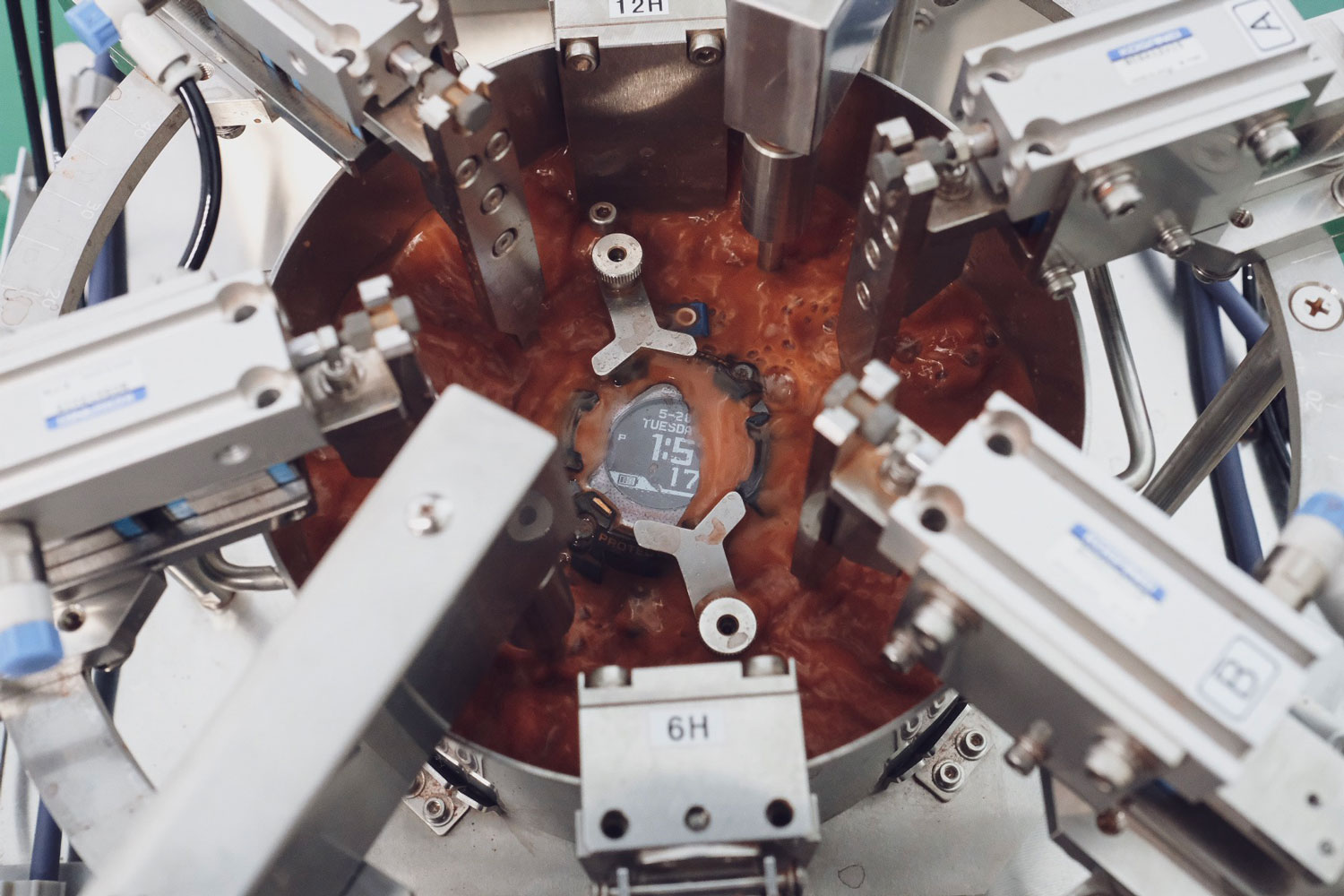
A G-Shock prototype enjoying a mud-bath at Casio's Hamura R&D facilities (Image © Revolution)

Liquid concocted by Casio's R&D team to emulate human sweat; liquid is used to test against the corrosive effect of human sweat on prototype G-Shocks
Says Mr Yuichi Masuda, who is Senior Executive Managing Officer and Member of the Board Responsible for Product Development as well as Manager of Timepiece Business Unit and the Business Strategy Headquarters, “Our engineers were always aware of the fact that the timepiece market is all about metal watches. When we came out with the G-Shock [in 1983], with the technology that was available to us, we were only able to use resin as a material to give the G-Shock all of the qualities we had wanted for it. But as we developed our own know-how, it has always been a passion of our engineers’ to be able to create G-Shock watches in ever more challenging materials.”
This philosophy isn’t just applicable now with the Full Metal 5000 series of G-Shock watches. It was applicable even with the steel MRG-100 and titanium MRG-100T of 1996. And Mr Masuda-San would know this well enough, considering that when Mr Ibe-San dreamt up his indestructible watch, it was Mr Masuda-San who was project leader in charge of “Project Team Tough” that gave us the very first G-Shock in 1983.
Today, after conquering resin and steel, the G-Shock is all about the third material, carbon. As much as the use of carbon for now is more for the mid-case in round watches, during our conversation Mr Masuda-San hinted towards their R&D being in the process of experimenting with implementing the use of carbon to more of the G-Shock’s case construction and across more varieties of watches in the G-Shock family. On that note, let’s not forget that the 2019 G-Shock Gravity Master GWR-B1000 already has a carbon monocoque case.

Mr Yuichi Masuda, Senior Executive Managing Officer and Member of the Board Responsible for Product Development as well as Manager of Timepiece Business Unit and the Business Strategy Headquarters
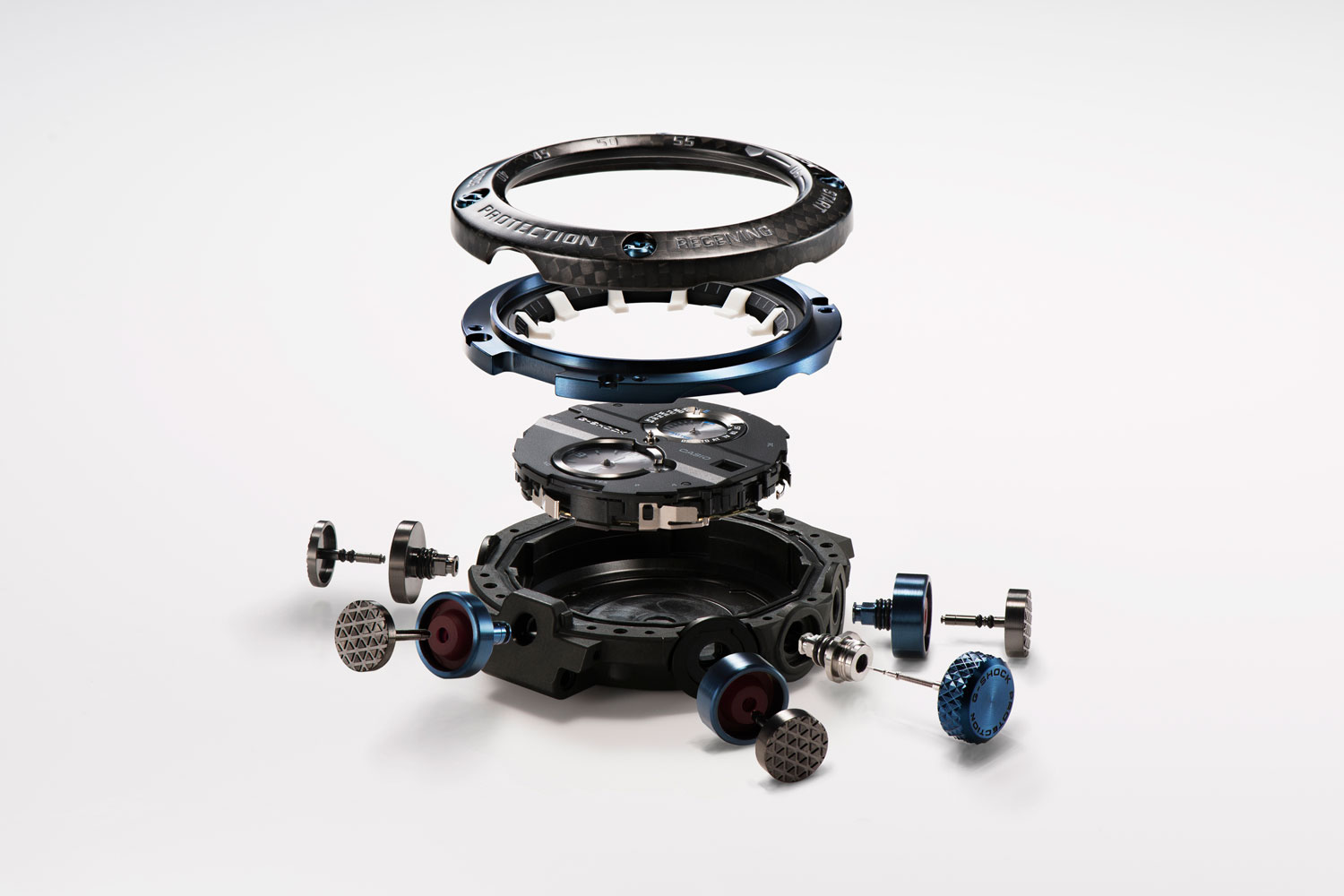
An exploded view of the 2019 G-Shock Gravity Master GWR-B1000 showcasing its carbon monocoque case
Stepping into the Yamagata Premium Product Line manufacture requires you to adjust your own perception of what a G-Shock is. Because the world at large is of this mindset that G-Shocks are produced by endless rows of programed robots that stamp out thousands upon thousands of G-Shocks every hour. There are still robots at Yamagata, which are dedicated to the production of micro-components and automated production conveyor belts. But Casio makes a very serious case for the precision and high standards of watchmaking that the MRG family of watches represent, at their Yamagata facility. One curious fact that really ought to get any watch nut’s mind going is that the analog movement assembly line at Yamagata is set upon a floor space that is able to compensate for adverse effects to movement assembly in the case of earthquakes!
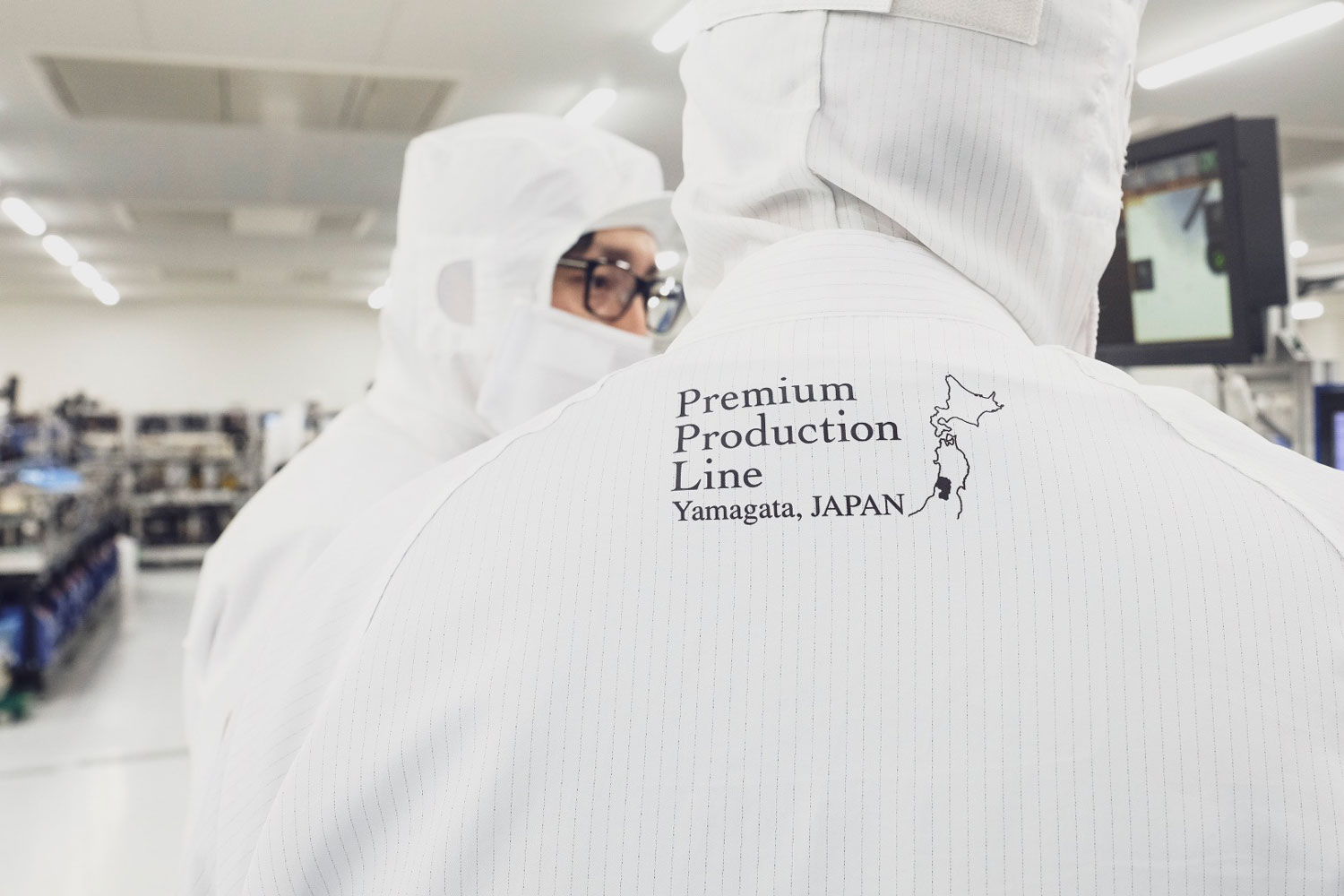
While at the G-Shock Premium Product Line factory in Yamagata (Image © Revolution)
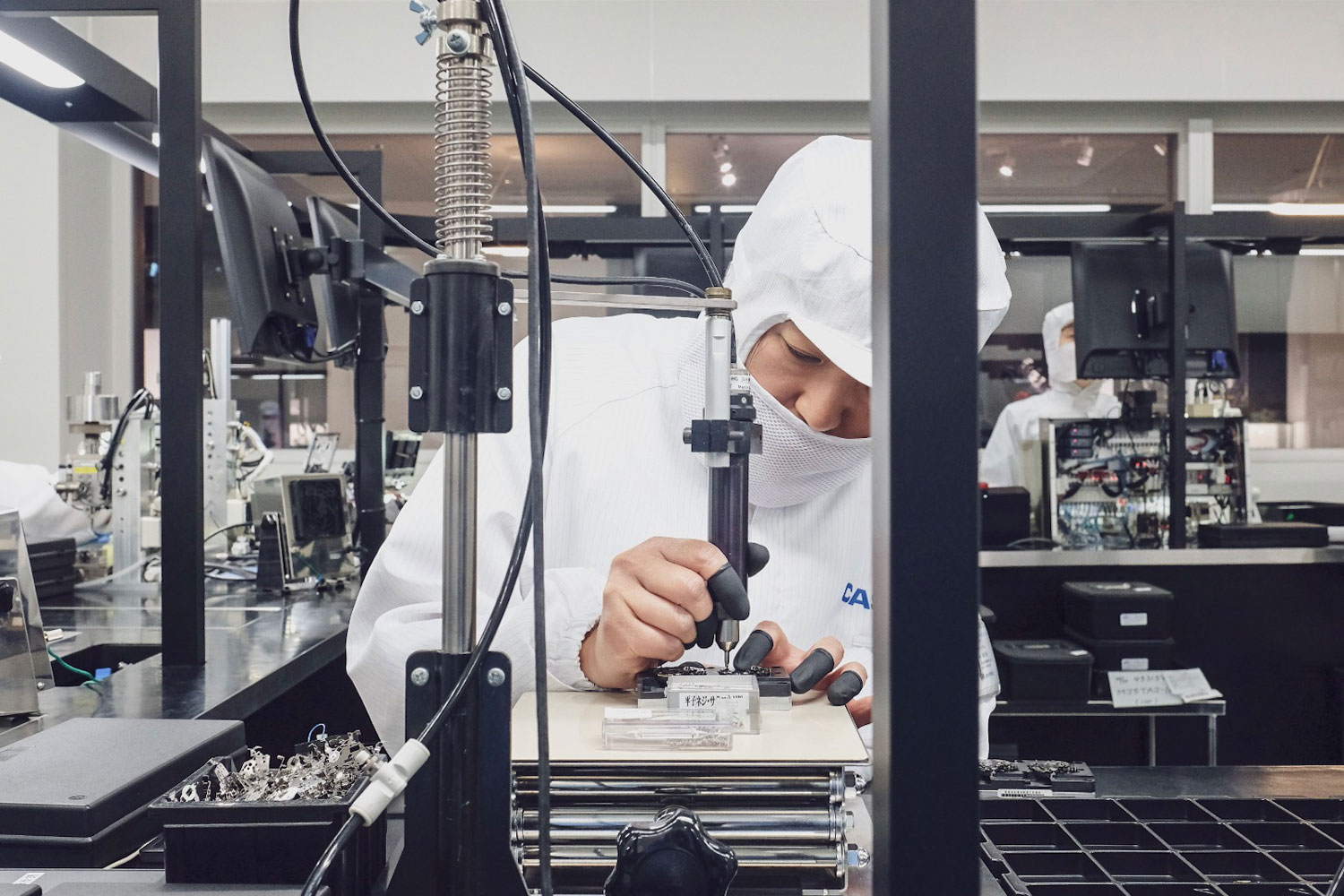
While at the G-Shock Premium Product Line factory in Yamagata (Image © Revolution)
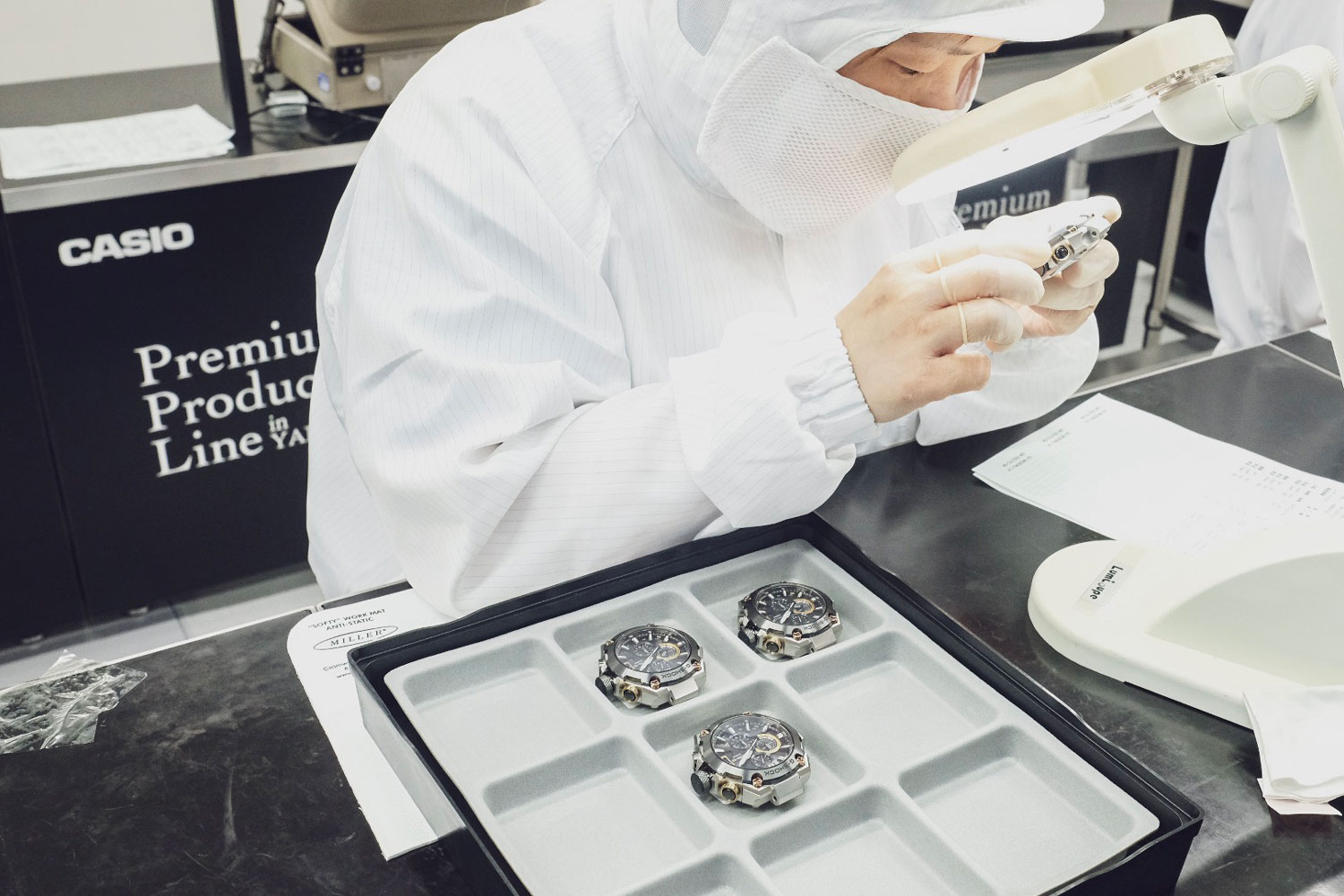
While at the G-Shock Premium Product Line factory in Yamagata (Image © Revolution)
But okay, you have every right to say that this sort of attention only applies to the highest range of G-Shocks. See the thing is that unless Casio is pushing boundaries at that high a level and in turn constantly figuring out how to apply their new know-how to a level where the average G-Shock is endowed with the same innovation and technology, then us plebeians would forever be devoid of cool, affordable watches such as the Full Metal 5000 series of G-Shocks.
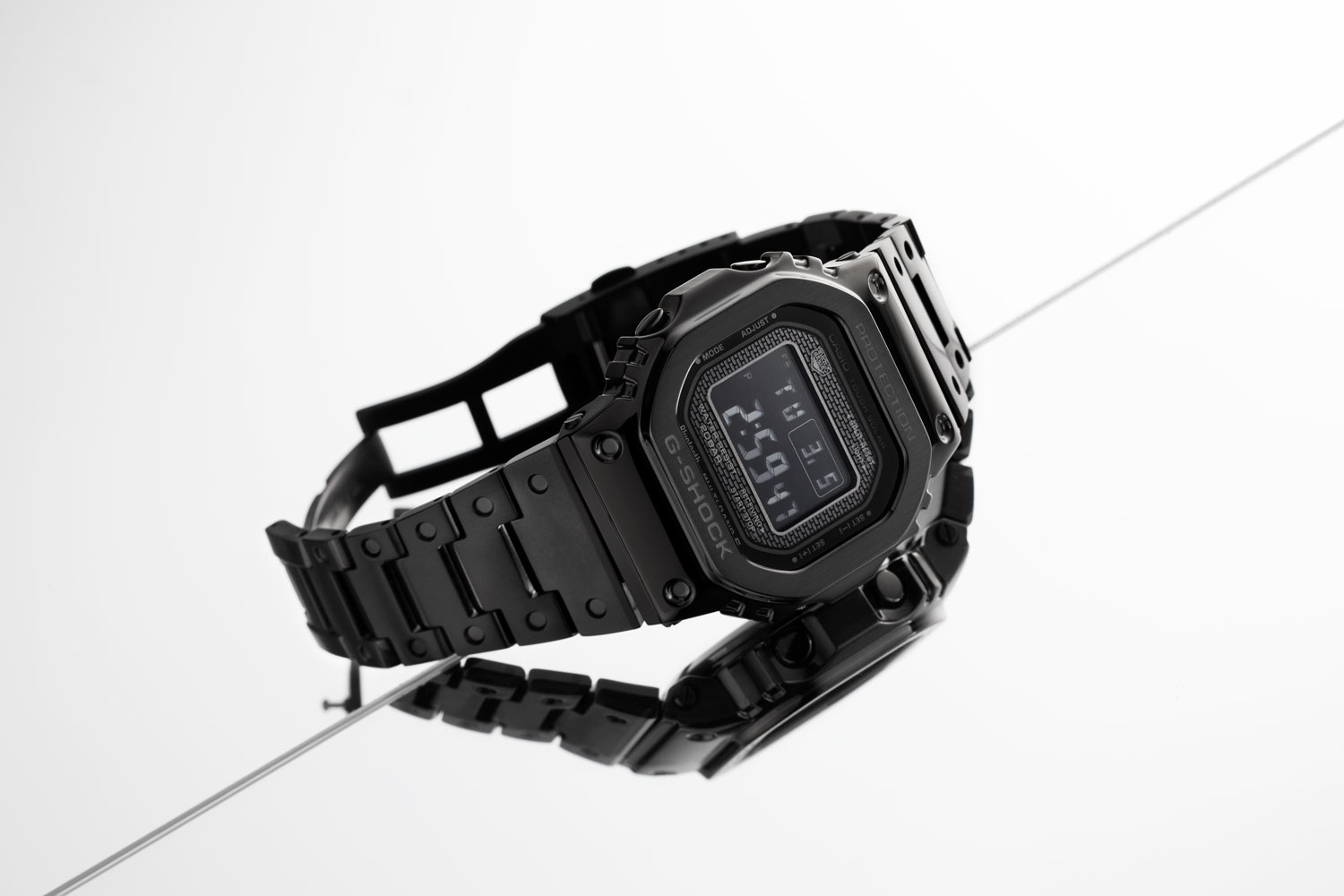
The IP coated black G-Shock Full Metal 5000 (Image © Revolution)




